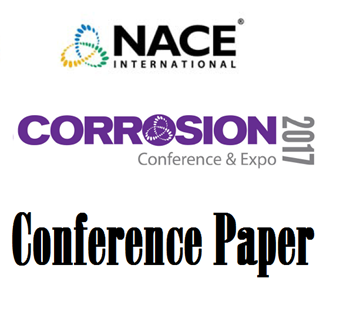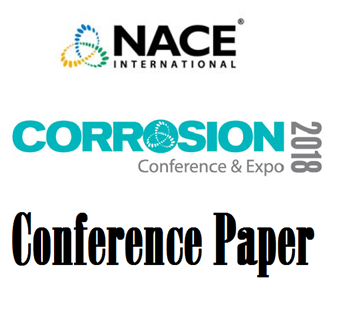Search
03097 CORROSION BEHAVIOR OF SUPER 13Cr MARTENSITIC STAINLESS STEELS IN COMPLETION FLUIDS
Also Purchased
51317--9645-Sulfide Stress Cracking (SSC) Resistance of AISI 420 Modified (13Cr) Martensitic Stainless Steel Bar
Product Number:
51317--9645-SG
ISBN:
9645 2017 CP
Publication Date:
2017
$20.00
51318-11257-Sulfide Stress Cracking of Super 13Cr Martensitic Stainless Steel – Localized Corrosion and Hydrogen
Product Number:
51318-11257-SG
Publication Date:
2018
$20.00
51318-10956-Effect of production routes on SSC of 110 ksi 13Cr Super Martensitic Stainless Steel (SMSS)
Product Number:
51318-10956-SG
Publication Date:
2018
$20.00




